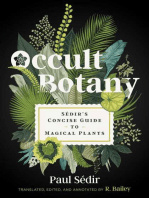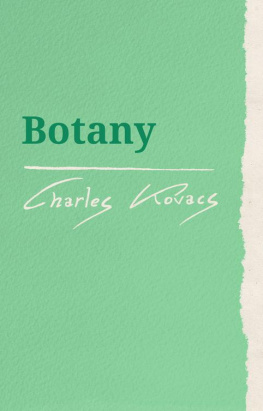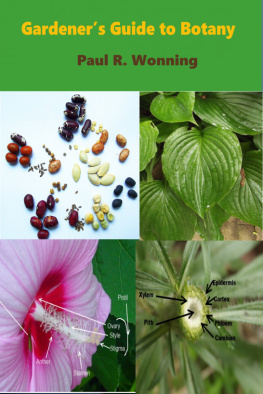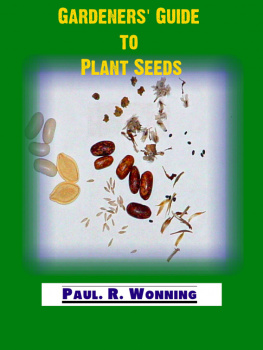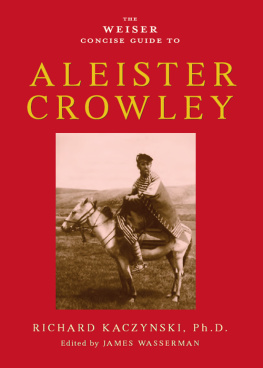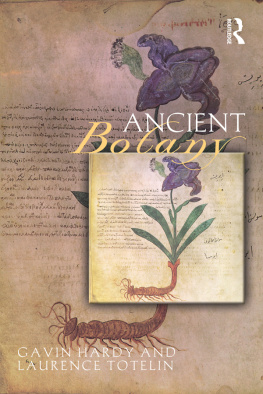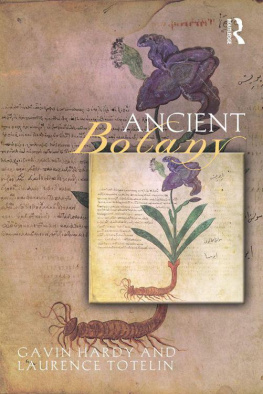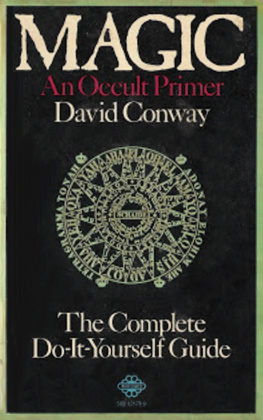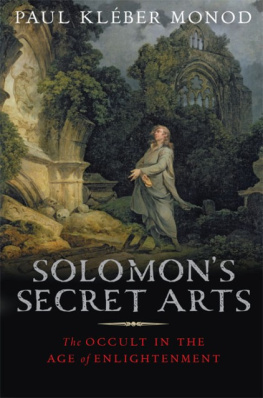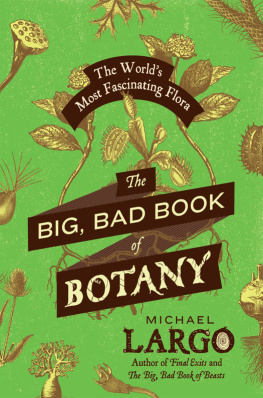Paul Sédir - Occult Botany: Sédirs Concise Guide to Magical Plants
Here you can read online Paul Sédir - Occult Botany: Sédirs Concise Guide to Magical Plants full text of the book (entire story) in english for free. Download pdf and epub, get meaning, cover and reviews about this ebook. genre: Religion. Description of the work, (preface) as well as reviews are available. Best literature library LitArk.com created for fans of good reading and offers a wide selection of genres:
Romance novel
Science fiction
Adventure
Detective
Science
History
Home and family
Prose
Art
Politics
Computer
Non-fiction
Religion
Business
Children
Humor
Choose a favorite category and find really read worthwhile books. Enjoy immersion in the world of imagination, feel the emotions of the characters or learn something new for yourself, make an fascinating discovery.
Occult Botany: Sédirs Concise Guide to Magical Plants: summary, description and annotation
We offer to read an annotation, description, summary or preface (depends on what the author of the book "Occult Botany: Sédirs Concise Guide to Magical Plants" wrote himself). If you haven't found the necessary information about the book — write in the comments, we will try to find it.
Paul Sédir: author's other books
Who wrote Occult Botany: Sédirs Concise Guide to Magical Plants? Find out the surname, the name of the author of the book and a list of all author's works by series.
Occult Botany: Sédirs Concise Guide to Magical Plants — read online for free the complete book (whole text) full work
Below is the text of the book, divided by pages. System saving the place of the last page read, allows you to conveniently read the book "Occult Botany: Sédirs Concise Guide to Magical Plants" online for free, without having to search again every time where you left off. Put a bookmark, and you can go to the page where you finished reading at any time.
Font size:
Interval:
Bookmark:
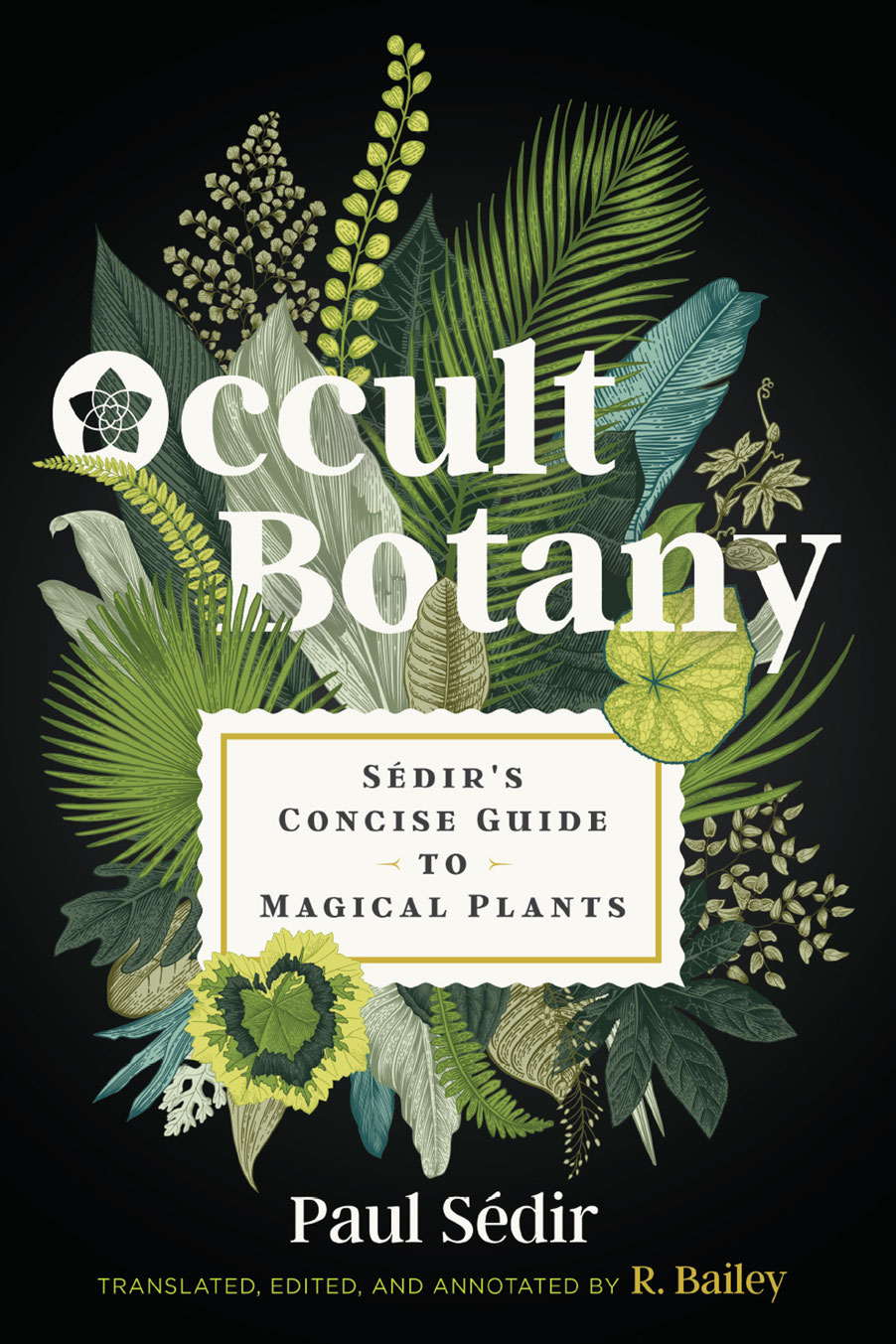
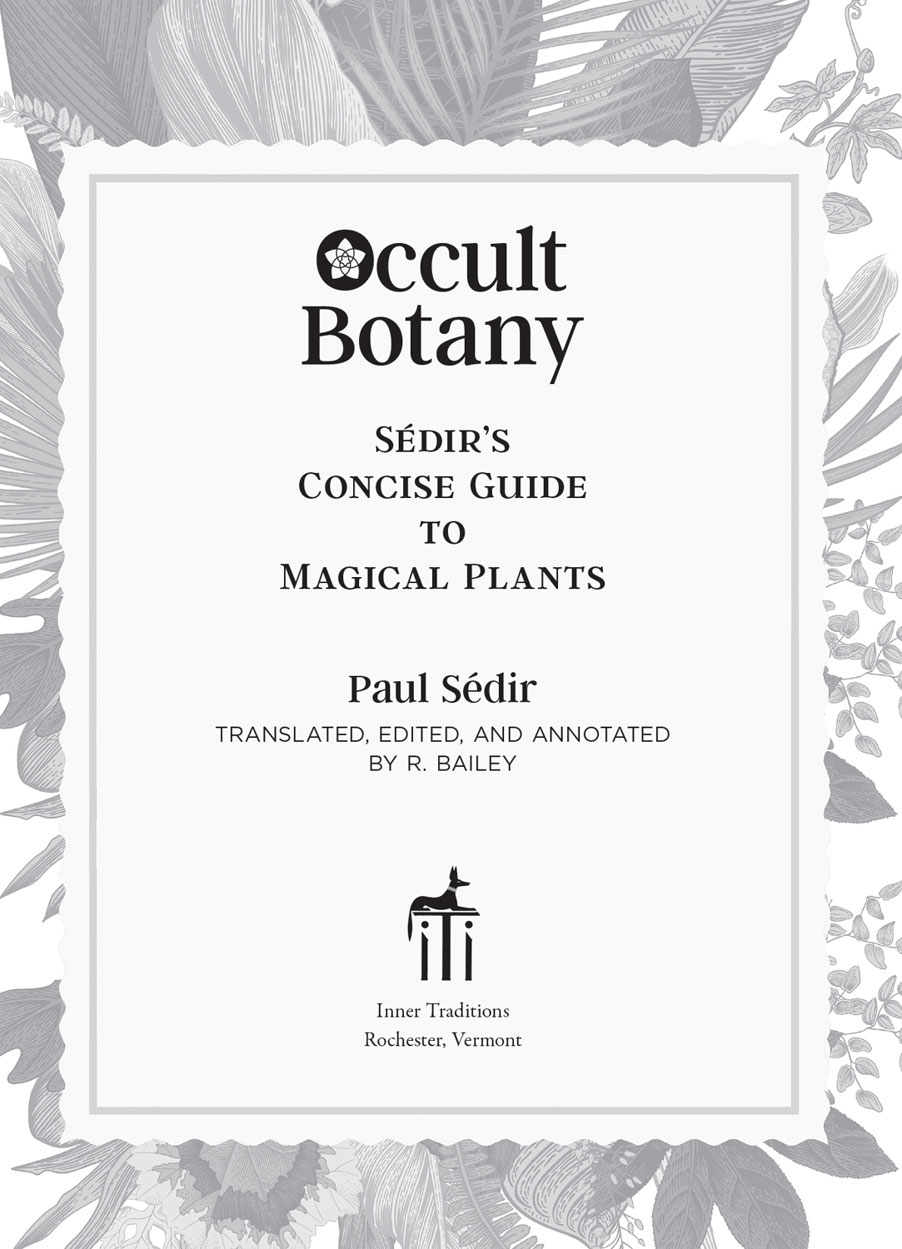
To Papus,
I dedicate this humble work to you,
who first awakened my mind to the Occult Mysteries.
Over the past twelve years you have introduced me to the many branches of science and revealed to me both their perfect blossoms and their blights. I have long tasted the fruits of your arduous labor, and now that I finally understand the path you follow, it brings me joy to acknowledge publicly the great debt I have incurred to you. May the heaven following your example train up many new laborers in the employ of the Great Husbandman, to cultivate the earth from whence they came, until the Master of the Vineyard appears in all his glory.
PAUL SDIR EPIPHANY, 1901

Reading Occult Botany was a deeply enjoyable experience that satisfied many diverse urges for botanical knowledge, from within one compendium. This strange and intriguing miscellany leads one through portals and fields, gardens and celestial realms. The plant entries are helpful for quickly finding zodiac and planetary correspondences; they also include a peppering of rare pieces of occult lore alongside many medicinal applications of old. The footnotes are very helpful and detailed, as are the charts, tables, and appendices within the book. It is a must-have for students and seekers who wish to blend the magical with the medicinal, the earth with the stars.
CORINNE BOYER, FOLK HERBALIST, TEACHER, AND AUTHOR OF UNDER THE WITCHING TREE
A refreshing look at the treatises of occult herbalism. A fascinating, in-depth deep dive and understandable approach to the esoteric arts as they pertain to plant, animal, and mineral medicines with an emphasis on occult botany and the Hermetic arts, including lab alchemy. A one-of-a-kind, expansive dictionary of magical plants with special care given to the translation and annotations in the footnotes to further illustrate the understanding of these plants then and now. A must-have for any seeker of esoteric herbalism.
CATAMARA ROSARIUM, MASTER HERBALIST, OWNER OF ROSARIUM BLENDS LLC, AND COFOUNDER AND CONVENER OF THE VIRIDIS GENII SYMPOSIUM
Occult Botany gives us a needed look at esoteric herbalism from 1902, when philosophical arts had not yet veered dangerously into the pseudoscience of the new age that we have today. We can see whole philosophies at work within these pages that should help modern readers navigate their way out of the philosophical cul-de-sacs that modern herbalism has been circling for too long.
MARCUS MCCOY, BLACKSMITH, HERBALIST, EDITOR OF VERDANT GNOSIS, AND COFOUNDER OF THE VIRIDIS GENII SYMPOSIUM
SYMBOLS
Elements
 AIR
AIR
 FIRE
FIRE
 EARTH
EARTH
 WATER
WATER
Planets and Luminaries
Saturn
Jupiter
Sun
Mars
Venus
Mercury
Moon
Signs of the Zodiac
Aries
Taurus
Gemini
Cancer
Leo
Virgo
Libra
Scorpio
Sagittarius
Capricorn
Aquarius
Pisces
TABLES
Paul Sdir, pseudonym of Yvon Le Loup (18711926), was a prominent figure in occult societies both in France and abroad in the late nineteenth and early twentieth centuries. His entry onto the French occult scene has become the stuff of legend. He first encountered Papus*1 in 1889 at Lucien Chamuels Librairie du Merveilleux, a famous occult bookshop on rue de Trvise in Paris (now the site of a charming caf). The esoteric poet Victor-mile Michelet, who happened to be there that day, saw a gaunt and ungainly young man walk into the shop and without any pretense of formality announce, Voil! Ive come to take up occultism! Michelet broke out in uproarious laughter. But Papus didnt blink an eye. He saw something in the young man that Michelet, in that moment, could not see. Very well, my boy, Papus replied. Come to my house Sunday morning. That Sunday the genius of physicians tasked the young neophyte with curating his personal library. There he gave him the name Sdir, an anagram of the French word dsire, because he so embodied Louis Claude de Saint-Martins concept of l homme de dsir, the man of desire or man of aspiration. This esoteric nom de plume, in truth, could not have been more fitting.
Sdirs occult curriculum vitae is impressive by any standards. There were few initiatic orders in France of which Sdir was not a high-ranking member. He sat on the Supreme Council of Papuss Martinist Order and served as the director of the Hermanubis Lodge. He became a doctor in kabbalah in Stanislas de Guatas Ordre kabbalistique de la Rose-Croix, for which he wrote theses on the divinatory Urim and Thummim (thse de licence) and kabbalistic conceptions of the universe (thse de doctorat). Under the name Tau Paul, he was consecrated bishop of Concorezzo (located twelve miles northeast of Milan) in Jules Doinels glise gnostique de France. Other notable groups with which Sdir was affiliated include Franois Jollivet-Castelots Socit alchimique de France and the French chapter of the Hermetic Brotherhood of Luxor headed by Franois-Charles Barlet. As a full professor at the cole hermtique and Facult des sciences hermtiques, he taught courses and gave seminars on a variety of subjects from Hebrew language to homeopathy and Hermetic medicine.
As an author, Sdir was nothing short of prolific. He wrote widely on traditions of magic, alchemy, and mysticism, publishing more than twenty books, including Les miroirs magiques (1894), La mdecine occulte (1900), Le fakirisme hindou et les yogas (1906), and Histoire et doctrines des Rose-Croix (1910). He also produced important French translations of Latin, German, and English esoterica, including Jacob Boehmes De signatura rerum (1622), Johann Georg Gichtels Theosophia practica (1721), and Peter Davidsons The Mistletoe and Its Philosophy (1898).
Les plantes magiques is by far Sdirs most influential and enduring work. The sheer number of reprints, editions, and translations is testament to its far-reaching influence. To cite just two examples, , the augmented Russian translation produced by the Martinist Alexander Valerianovich Troyanovsky in 1909, has remained in print to this day. The book Botnica oculta: Las plantas mgicas segn Paracelso, translated by Rudolfo Putz (pseudonym of Rossendo Pons) and first published in Barcelona in 1932 by Librera Sintes, is actually little more than a redacted Spanish translation of Sdirs book, only its authorship is attributed not to Sdir but to Paracelsus! It was this Spanish translation published under the name of Paracelsus that came to form the basis of Samael Aun Weors Tratado de medicina oculta y magia prctica (1977). To Aun Weors credit, he expresses serious doubts over whether Paracelsus is the books true author.
Next pageFont size:
Interval:
Bookmark:
Similar books «Occult Botany: Sédirs Concise Guide to Magical Plants»
Look at similar books to Occult Botany: Sédirs Concise Guide to Magical Plants. We have selected literature similar in name and meaning in the hope of providing readers with more options to find new, interesting, not yet read works.
Discussion, reviews of the book Occult Botany: Sédirs Concise Guide to Magical Plants and just readers' own opinions. Leave your comments, write what you think about the work, its meaning or the main characters. Specify what exactly you liked and what you didn't like, and why you think so.

